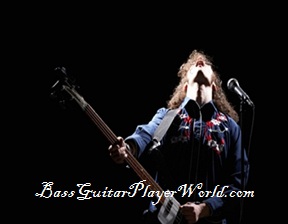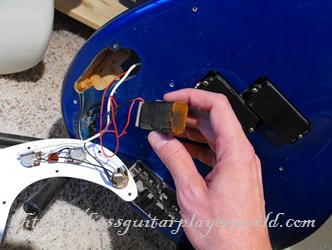An Introduction Diatonic Chords And Sequences
 Increasing your musical knowledge can better your playing in more way than one. Firstly, it can help you to truly understand just why what you are doing sounds the way it does.
Increasing your musical knowledge can better your playing in more way than one. Firstly, it can help you to truly understand just why what you are doing sounds the way it does.
Knowing this helps you to write better, as you gain a better understanding of why certain notes work together, and better yet, why certain notes don’t work together.
Secondly, it can help you to compose better. Understanding the relationships between scales, progressions, and chords will allow you to write music that is more cohesive.
Formation And Background of Diatonic Chords
In this article, we will talk about one of the most common musical terms—and musical relationship in general—that will help you to understand just a little bit more about what you are playing and why it sounds this good; diatonic chords on bass guitar.
So first off, what are diatonic chords? Diatonic chords are chords that, inside of a scale, have notes that relate entirely to the scale. In basic terms, this means that the triad of the given chord must contain only the notes that are in the scale itself. Take Bb Major for example; Bb Major is a rather simple scale. It consists of the notes Bb, C, D, Eb, F, G, and A.
Knowing this, and what was mentioned before, we see that, unless the scale degree’s triad matches those given notes, it isn’t diatonic. So for example, our first diatonic chord would be Bb, D, F, as the tonic of Bb Major coincides with the notes in the scale itself. This would give us the Bb Major chord, or the Bb Major triad. It would also mean that the tonic triad of the Bb Major scale is a diatonic chord.
So, How Would We Put This Information to Practical Usage?
 If you are playing a progression, it is good to know what chords will properly fit. If you are playing over a moving progression, knowing the diatonic chords will make it easier to play notes that fit into each chord being played.
If you are playing a progression, it is good to know what chords will properly fit. If you are playing over a moving progression, knowing the diatonic chords will make it easier to play notes that fit into each chord being played.
For instance, if the progression is in Bb Major, as used above, and the progression moves from Bb (first scale degree, or tonic chord) to Eb (fourth scale degree, or subdominant chord) to F ( fifth scale degree, or dominant chord), and then back to Bb, you can use the diatonic chords to match all three chords.
Playing the notes of the Bb tonic triad, you can play over both the tonic and the dominant chord. Playing the notes of the C supertonic triad (second scale degree chord) which contains the notes C, Eb, and G, would allow you to play over the subdominant triad chord.
This means that, in the context of Bb Major, you would only need to know two chords to play over a three chord progression.
In the end, the best way to use diatonic chords in bass guitar playing is through practice. Take some time to familiarize yourself with the scales, then try and pick out the proper chords. Have fun, and good luck with it!
All The Best Bass Playing Resources At One Place!
Get bite-sized video lessons covering a range of bass guitar techniques and playing styles at JamPlay. For a few pennies a day, you gain full access to a huge library of professionally recorded lessons. Jamplay is everything that a bass player would need to improve their skills in the shortest possible timeframe. Check them out today!
Related Articles
Comments are closed.





